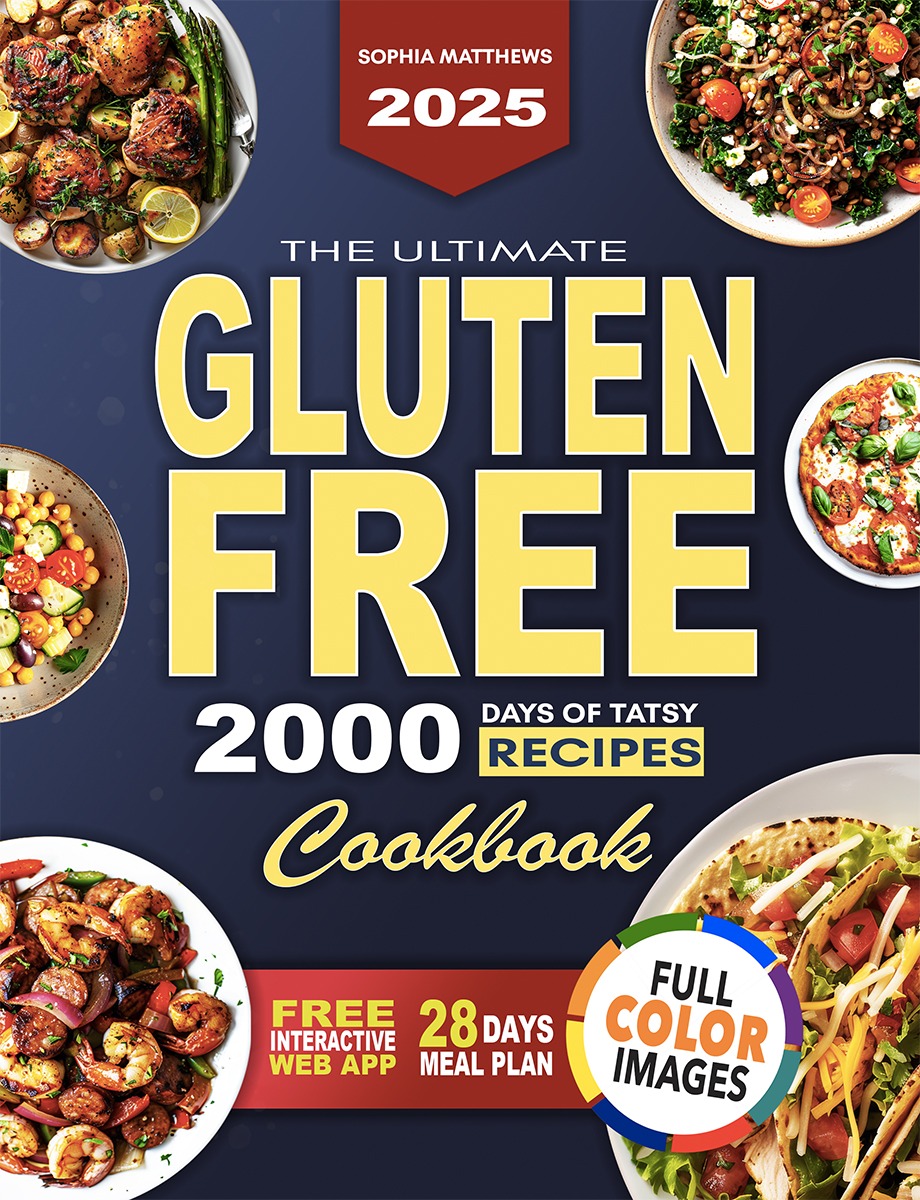Portion control is a fundamental part of managing Chronic Kidney Disease (CKD). While eating the right foods is crucial, eating them in the right amounts is equally important to avoid excessive intake of sodium, potassium, phosphorus, and protein. Maintaining proper portion sizes can help you stay within your dietary limits, manage weight, and support overall kidney health.
This article explores why portion control matters, how to measure portions effectively, and practical tips for applying portion control to your renal diet.
Why Portion Control Matters for CKD Patients
- Manages Nutrient Intake:
- Helps regulate the amount of sodium, potassium, and phosphorus you consume.
- Prevents Overloading the Kidneys:
- Reduces the workload on already damaged kidneys by avoiding excess nutrients.
- Supports Weight Management:
- Prevents overeating, which can lead to weight gain and increase the strain on your kidneys.
- Balances Blood Sugar Levels:
- Stable portion sizes help maintain consistent glucose levels, especially important for CKD patients with diabetes.
How to Measure Portion Sizes
Using Visual Cues
- Protein:
- One portion of protein (e.g., chicken, fish) is about the size of a deck of cards or the palm of your hand.
- Vegetables:
- A portion is roughly the size of your fist.
- Carbohydrates:
- One serving of rice or pasta is about half a cup or the size of a tennis ball.
- Fats:
- A portion of olive oil or butter is about the size of a thumb.
Using Measuring Tools
- Measuring Cups and Spoons:
- Essential for precise measurements, especially for liquids and grains.
- Kitchen Scale:
- Helps weigh portions of meat, fish, or cheese accurately.
Reading Food Labels
- Why It’s Important:
- Food labels indicate serving sizes, which are crucial for understanding portion control.
- What to Look For:
- Sodium, potassium, and phosphorus content per serving.
Practical Tips for Portion Control
1. Plan Your Meals in Advance
- Why It Helps:
- Pre-portioned meals reduce the temptation to overeat.
- How to Do It:
- Prepare and store meals in single-serving containers for easy access.
2. Use Smaller Plates and Bowls
- Why It Helps:
- Smaller dishes make portions appear larger, helping you feel more satisfied.
3. Avoid Eating from the Package
- Why It Helps:
- Portioning out snacks beforehand prevents mindless overeating.
4. Prioritize Nutrient-Dense Foods
- Why It Helps:
- Focusing on kidney-friendly, nutrient-rich foods ensures each bite counts.
- Examples:
- Choose fresh vegetables, lean proteins, and whole grains over processed options.
5. Listen to Your Body
- Why It Helps:
- Eating slowly allows you to recognize when you’re full, avoiding unnecessary extra servings.
Portion Control in Action: Sample Meal Ideas
Breakfast: Scrambled Egg Whites with Toast
- Portion Sizes:
- 3 egg whites (medium size).
- 1 slice of low-sodium white toast.
- Why It’s Kidney-Friendly:
- Low in sodium, potassium, and phosphorus while providing high-quality protein.
Lunch: Grilled Chicken with Rice and Green Beans
- Portion Sizes:
- 3 ounces of grilled chicken (about the size of a deck of cards).
- ½ cup of white rice.
- 1 cup of steamed green beans.
- Why It’s Kidney-Friendly:
- Balanced in nutrients with controlled portions of protein and carbohydrates.
Dinner: Lemon Baked Salmon with Mashed Cauliflower
- Portion Sizes:
- 3 ounces of salmon fillet.
- ½ cup of mashed cauliflower.
- 1 cup of zucchini sautéed in olive oil.
- Why It’s Kidney-Friendly:
- Rich in omega-3s and low in potassium, phosphorus, and sodium.
Benefits of Pre-Portioned Snacks
- Examples:
- 1 small apple (low potassium).
- 1 handful of unsalted popcorn (about 1 cup).
- ½ cup of fresh blueberries.
- 1 tablespoon of unsalted almond butter with celery sticks.
Why Pre-Portioned Snacks Work:
- Prevents overeating and helps you stick to your dietary plan between meals.
Portion Control and Dining Out
- Request Modifications:
- Ask for sauces and dressings on the side to control sodium intake.
- Share a Meal:
- Split larger portions with a dining partner.
- Save Half for Later:
- Immediately pack half your meal to-go when served.
- Stick to Basics:
- Opt for simple, grilled proteins and steamed vegetables over complex, high-sodium dishes.
Conclusion
Portion control is an essential skill for anyone managing CKD. By understanding serving sizes, planning meals, and using visual cues or tools to measure portions, you can protect your kidneys while enjoying satisfying meals. Start small, stay consistent, and remember: it’s not just about what you eat but how much you eat.





